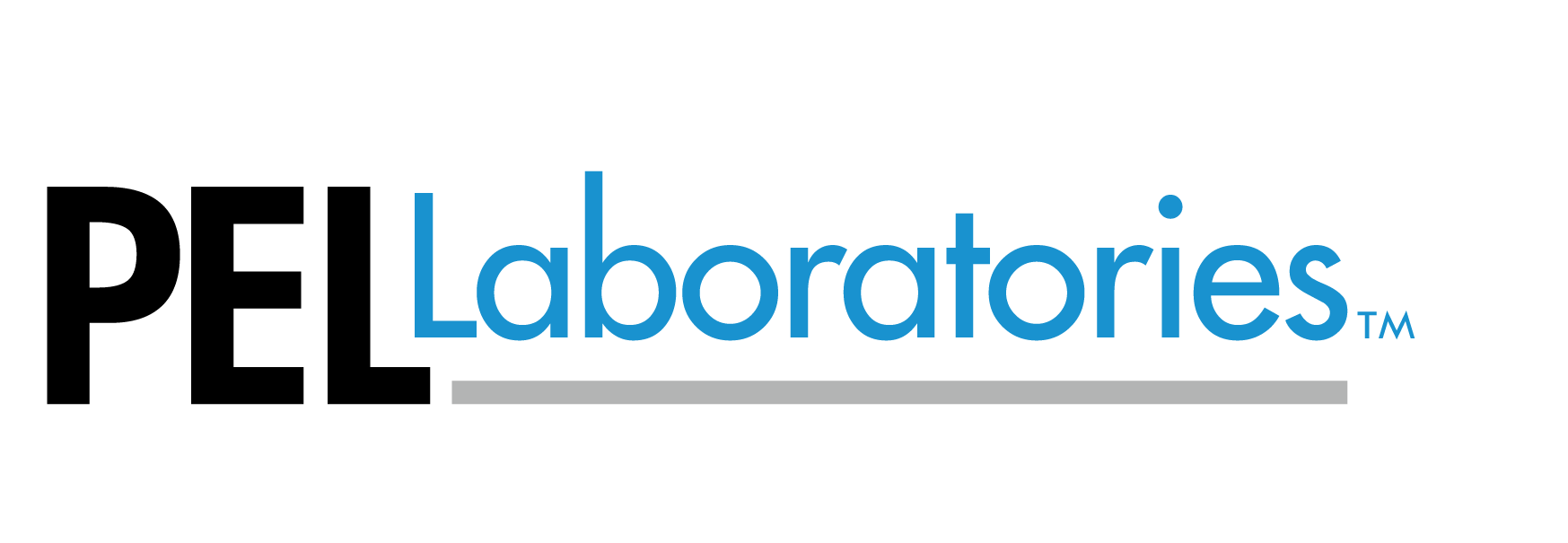Different Types of Mold Sample Collection

Although PEL doesn’t collect mold samples or perform mold investigations, we often get questions on both. We’ve put together some answers on what agencies, consultants and colleagues have to say on the subjects. Credit to PRO-LAB of Weston Florida and Guzi-West Inspection and Consulting, LLC of Redding, CA.
"When should a mold inspection and mold testing be considered?"
This is what the Environmental Protection Agency (EPA) has to say on that matter:
“Is sampling for mold needed? In most cases, if visible mold growth is present, sampling is unnecessary. Since no EPA or other federal limits have been set for mold or mold spores, sampling cannot be used to check a building’s compliance with federal mold standards. Surface sampling may be useful to determine if an area has been adequately cleaned or remediated. Sampling for mold should be conducted by professionals who have specific experience in designing mold sampling protocols, sampling methods, and interpreting results. Sample analysis should follow analytical methods recommended by the American Industrial Hygiene Association (AIHA), the American Conference of Governmental Industrial Hygienists (ACGIH), or other professional organizations.”
In summary:
- There are no EPA/other federal limits for mold spores, so sampling can’t be used to check a building’s compliance with mold federal standards.
- Sampling can be used to see if an area is cleaned well-enough or remediated properly.
- Sampling needs to be done by professionals with proper sampling protocols and sampling methods in order to interpret the results accurately.
- Sample analysis should follow analytical methods from the American Industrial Hygiene Association (AIHA), the American Conference of Governmental Industrial Hygienists (ACGIH), or other professional organizations.
When is sampling necessary, and what types of samples are collected?
- Mold ‘clearance’ sampling is often performed following a known mold growth issue where a professional mold mitigation company has removed the mold growth on building materials and treated the area to ensure mold growth doesn’t return.
- General mold investigations are often performed prior to or during real estate transactions to ensure a structure doesn’t have mold growth issues.
- Individuals who are sick and have been diagnosed with a known allergy or condition associated with mold will often request a professional to investigate a structure for existing or hidden mold growth issues.
Each of the conditions above will trigger different types of sampling, as determined by the professional conducting the mold investigation. Private homeowners can submit their own samples in many cases if they simply want to know the types of mold they see present in their home.
Different types of sampling methods include:
Air Sampling: Air samples are the most common type of environmental sample that field investigators typically collect to study an indoor air environment. Air sampling, and most all forms of mold sampling, can involve ‘viable’ or ‘non-viable’ methods. Viable sampling involves collection of spores onto a media (typically an agar impaction plate) where the mold spores that are captured must be alive at the time of testing to grow; meanwhile, non-viable sampling involves collection of spores onto a media (typically an air-o-cell cassette or allergenco-D cassette) and mold analysis identifies both alive (viable) and dead (non-viable) mold spores. Sampling duration is typically set to ensure sampling cassettes are not overloaded, as well as to ensure a good dispersion of air spores. For example, outdoor environments with no visible dust are sampled for a 10-minute duration, while indoor environments with individuals present and moderate activity are sampled over a 5-minute duration. In extremely dusty environments, such as drywall renovation, sampling times may be reduced to a 1-minute duration.
Tape Lift Sampling: Tape lift samples are typically collected using clear adhesive tape or adhesive slide for microscopic examination of suspect stains, settled dust and spores. Tape lifts are an excellent, non-destructive method of sampling. The samples are collected by pressing a clear adhesive onto the suspect surface and removing it with light pressure. Once removed from the surface, the sample is placed on a clear slide/surface and into an individual sample bag to be submitted to the laboratory.
Bulk: This is a destructive test of materials (i.e. pieces of building materials, or carpet segments) which are collected to determine if they contain or show mold growth. Bulk sampling collects a portion of material small enough to be transported and handled easily by the laboratory (a 2” x 2” square piece is more than sufficient). A representative sample is taken from the bulk sample and can be cultured for species identification or analyzed using direct microscopy for genus identification.
Swab: A sterile cotton or synthetic fiber-tipped swab is used to test an area of suspected mold growth. Samples obtained using this method can be cultured for species identification or analyzed using direct microscopy for genus identification. Identified spores are typically reported as ‘present/absent.’
Carpet (filter-type) Cassette: A carpet cassette is used with a portable air pump to collect mold, pollen, and other particulates. Samples obtained using this method can also be cultured for species identification or analyzed using direct microscopy for genus identification.
PEL Labs Can Meet Your Needs on Time and on Budget for Mold Analysis in Ann Arbor!
If you need a reliable, efficient, and knowledgeable mold analysis in Ann Arbor, Michigan or the surrounding areas, we can help. It's important to take the right steps to identify the problem, test it properly, and get the right treatment to ensure a safe environment. We pride ourselves expert analysis and great customer service.
If you have any questions regarding mold analysis, contact us today at (877) 220-3528 or cbeattie@pellabs.com. We also service the areas of Ann Arbor, Jackson, Portage, Kalamazoo, Chelsea, and Dexter in asbestos and lead paint testing.

